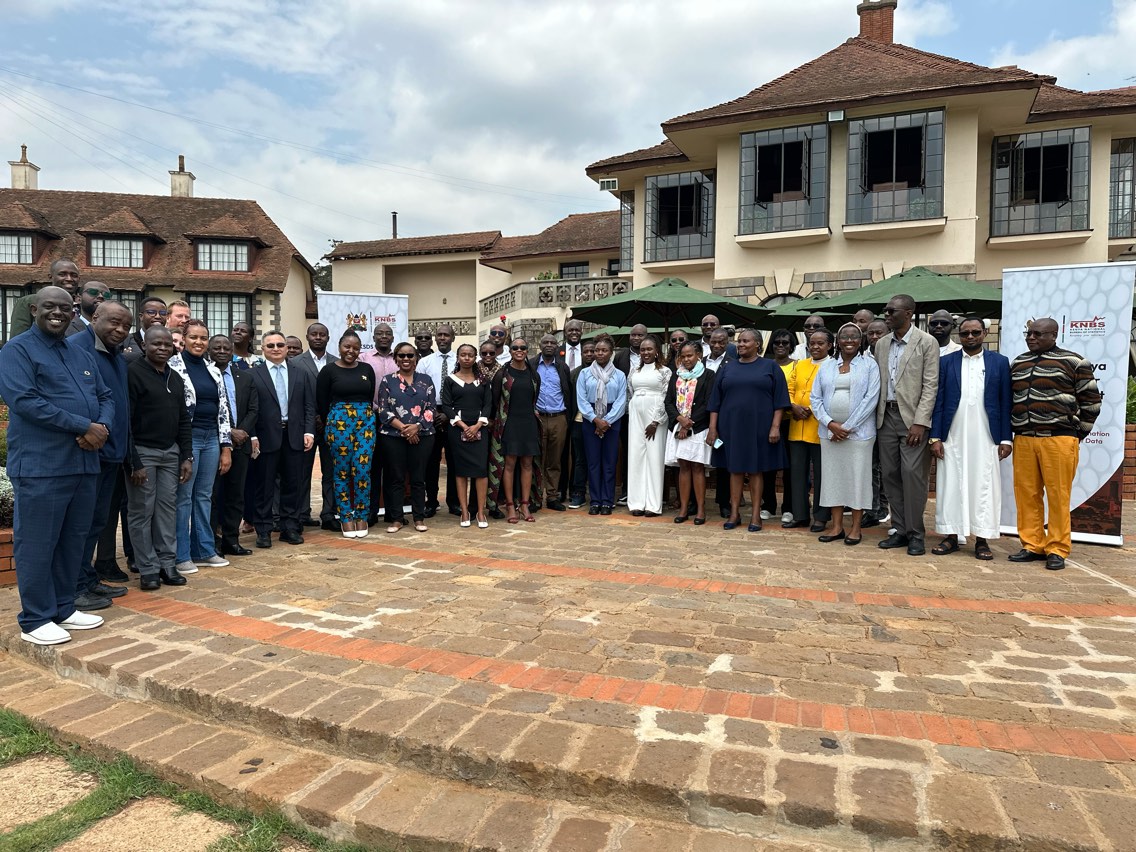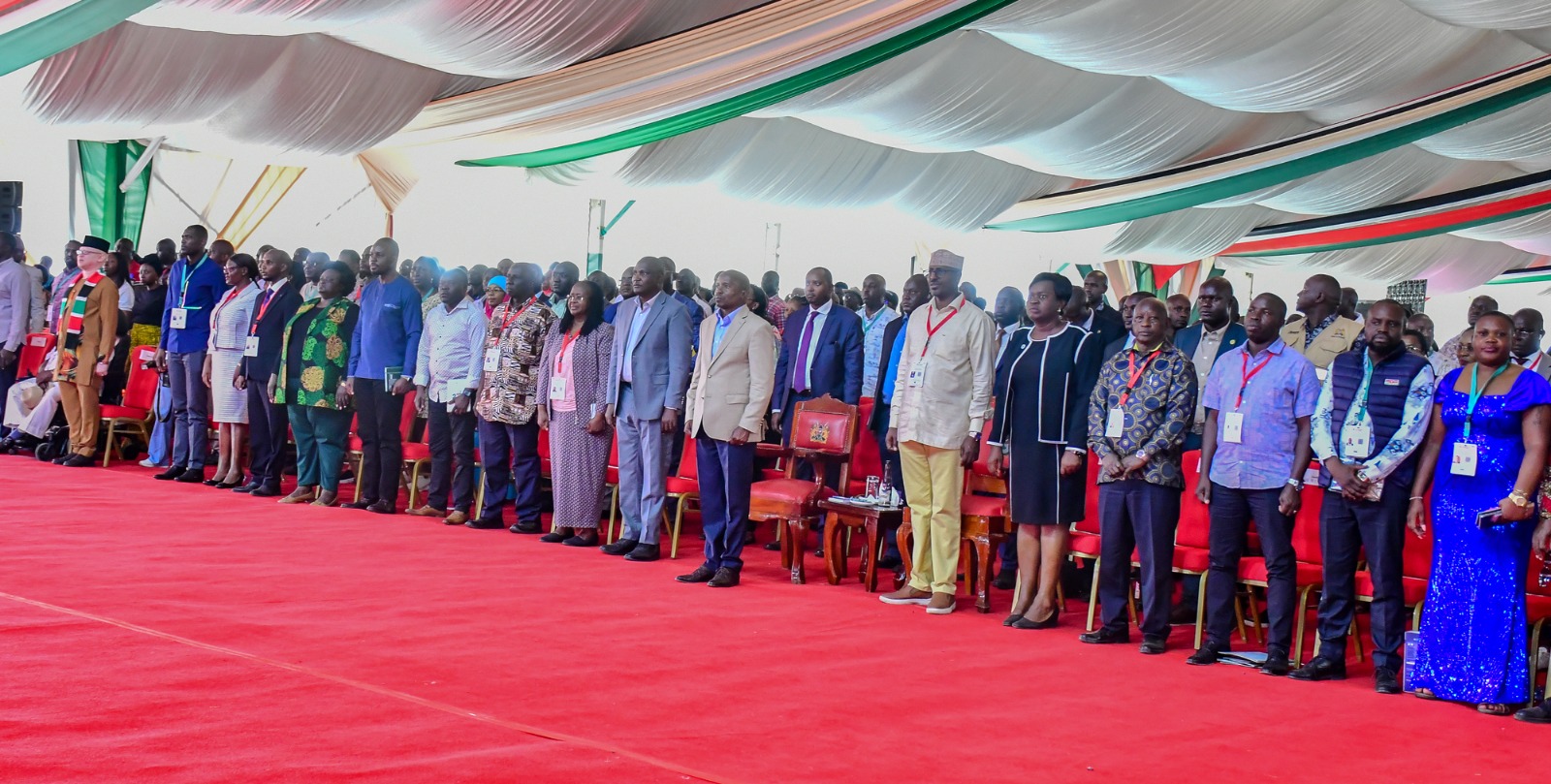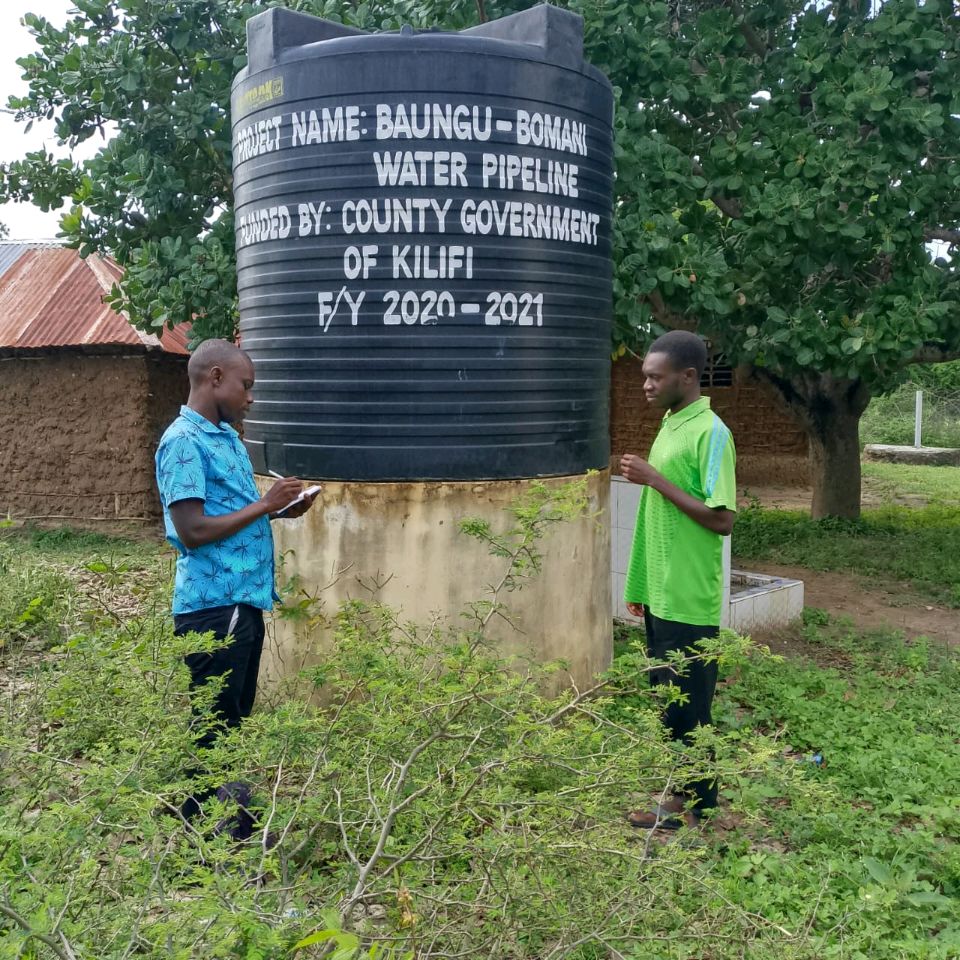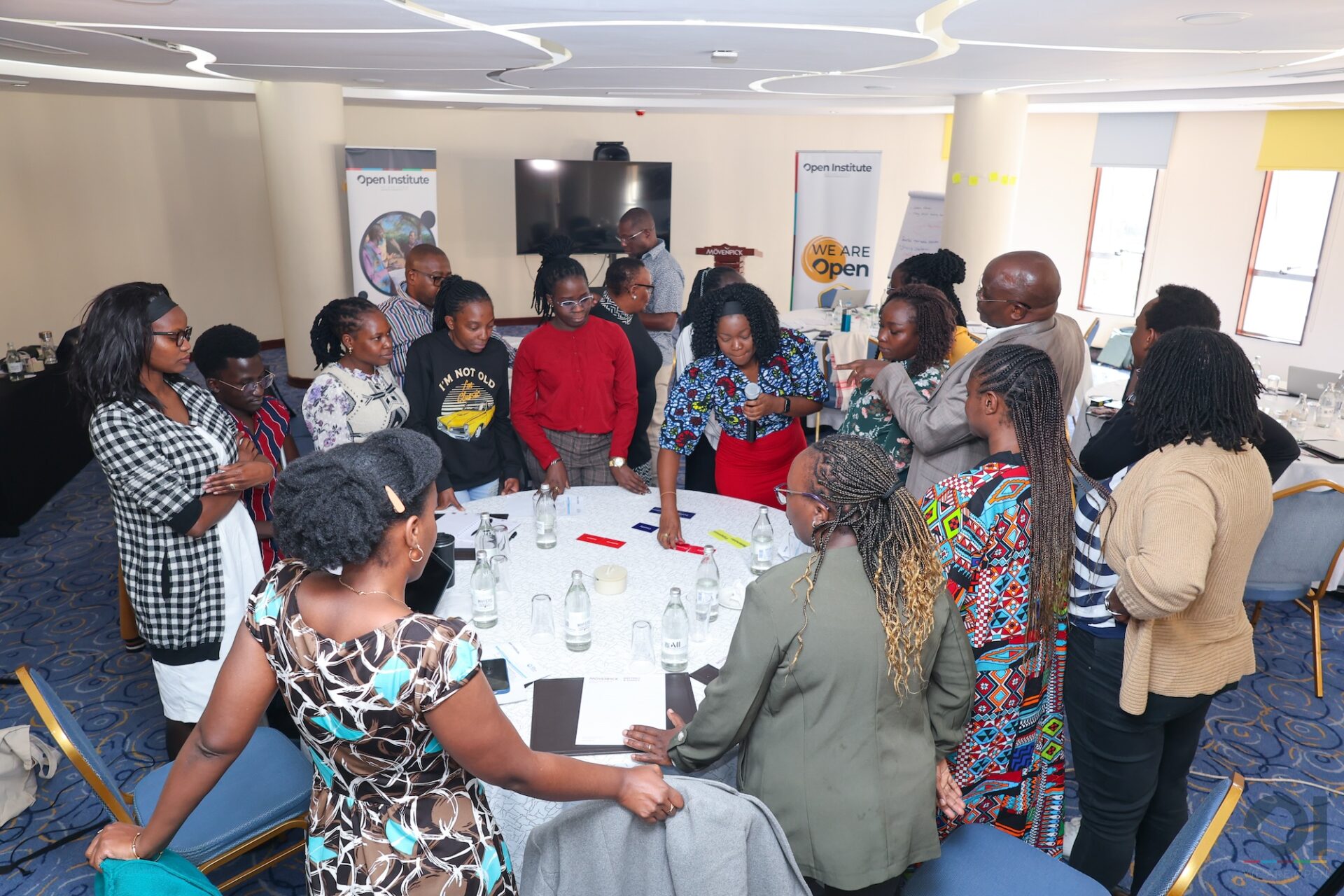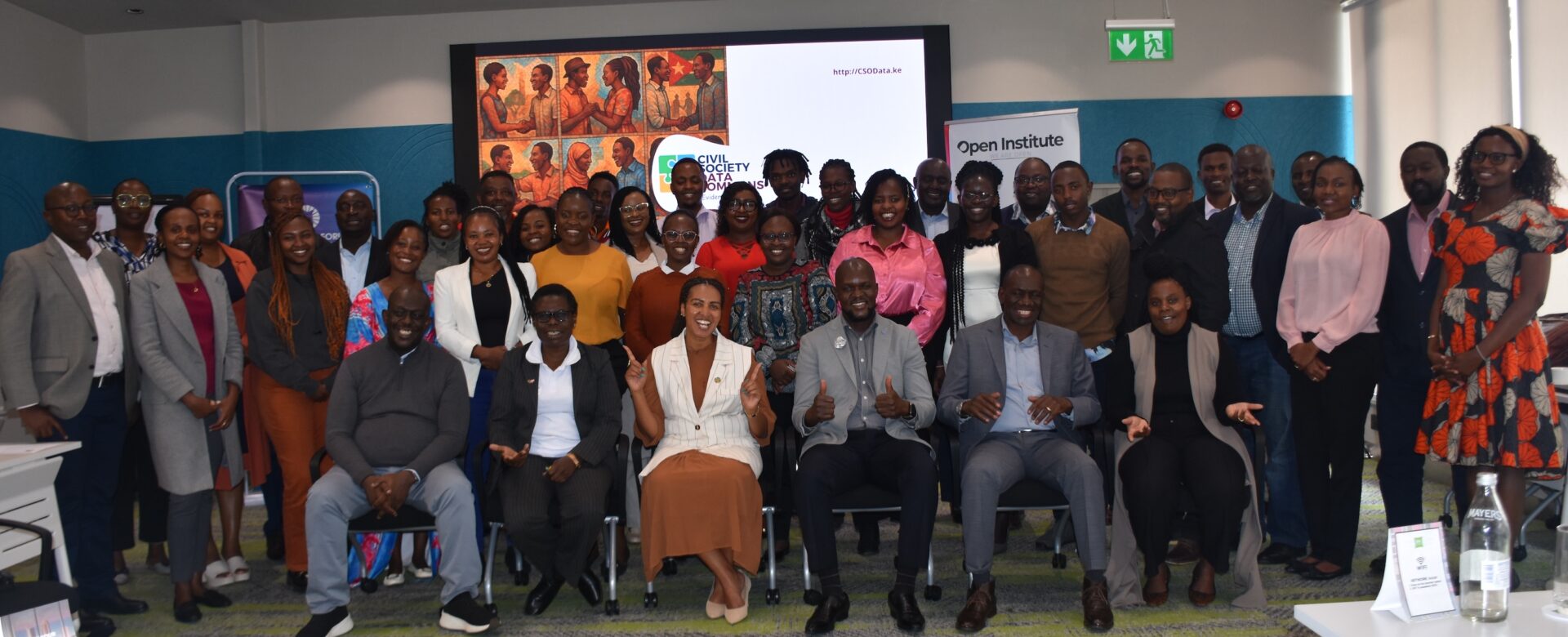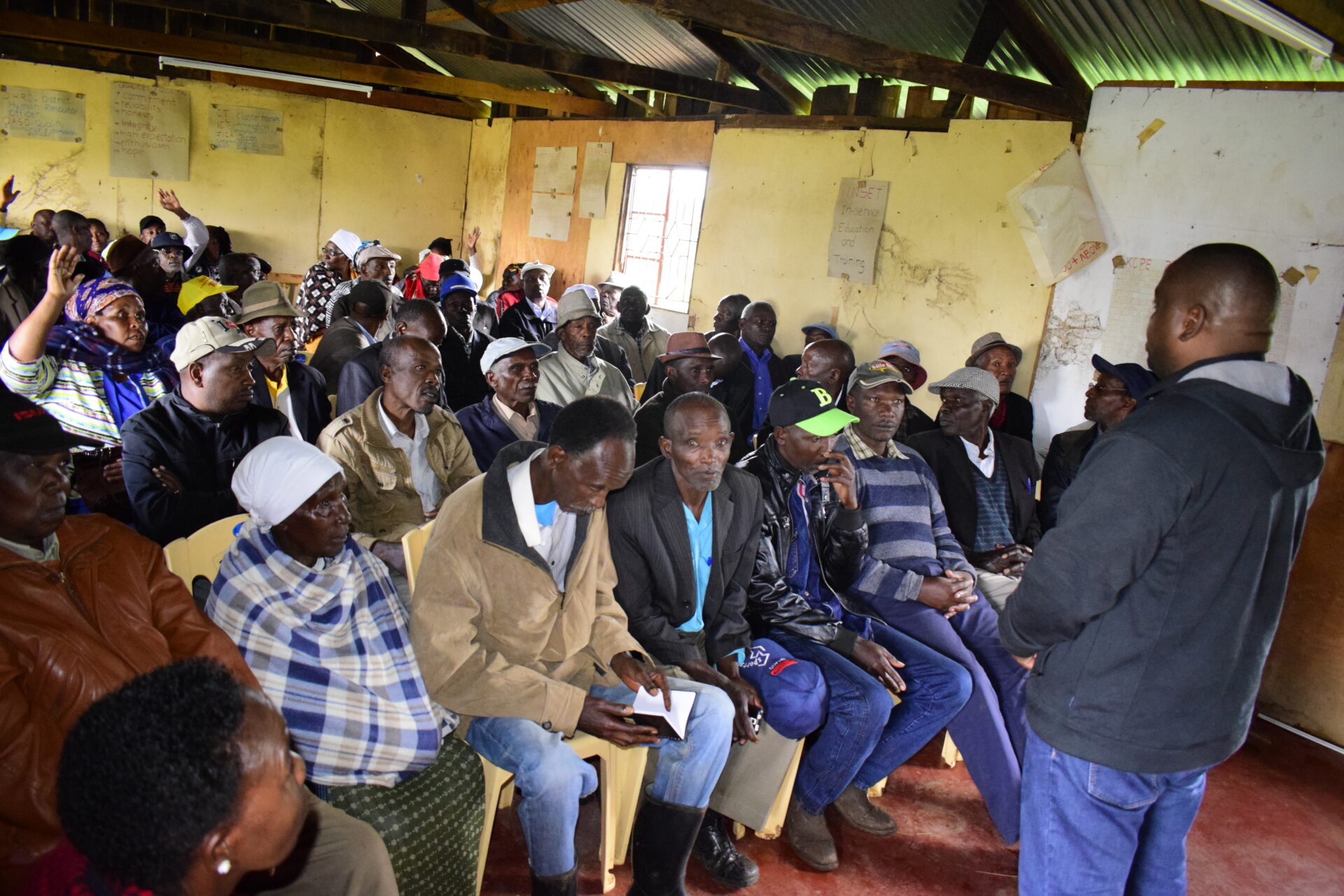In 2019, Kenya launched the first Kenya Strategy for the Development of Statistics (KSDS I) – our first attempt to organise how the nation produces, manages, and uses official statistics. It promised four things: a stronger national data system, better quality, smarter investments in people and technology, and wider use of data by citizens.
Six years later, as KSDS II prepares to take off, we should ask a harder question: did citizens feel it? Did the mother in Kilifi looking for school bursary records find clarity in her county portal? Did the farmer in Kericho learn something new about markets from official statistics? Did the youth group in Kayole find open data they could trust to fight for better ward allocations?
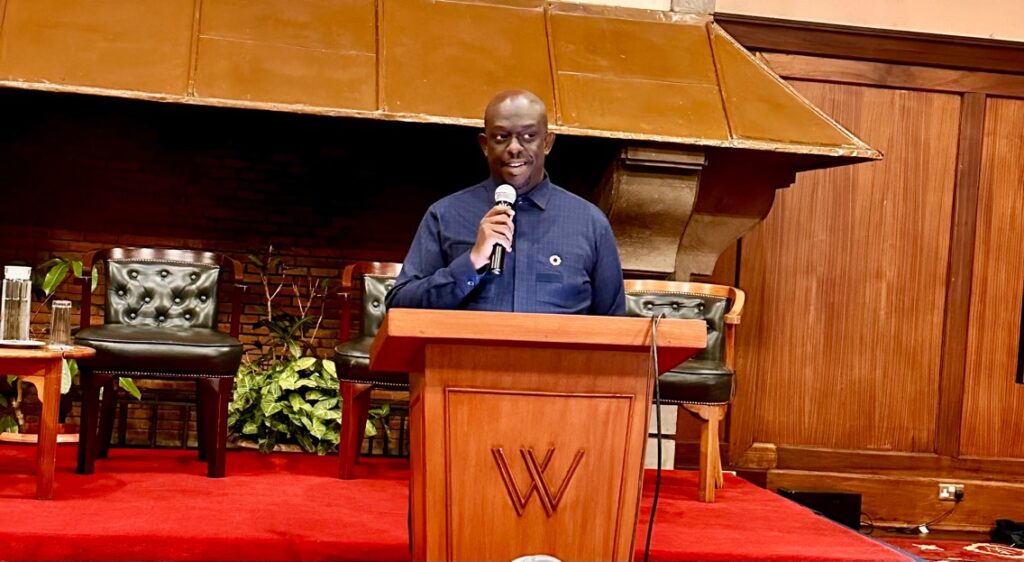
The Kenya National Bureau of Statistics (KNBS) convened government, civil society, researchers, private sector actors, and development partners at Windsor on 5 September 2025 to discuss data ethics, governance, and quality. Encouragingly, we are not beginning on bare ground. We already have a spine: the Data Protection Act, the Access to Information Act, the Statistics Act, and the modernisation roadmap in KSDS II (running to 2028). But law is not enough. Kenyans measure impact by whether these frameworks bite where life is lived – counties, schools, health facilities, farms, markets.
Right now, cracks across the data value chain undermine decision-making. A county uploads a dataset with no method note, no contact, no versioning. The numbers exist but cannot be reused. Trust dies in that gap. The fix is obvious: enforce metadata at source, and bar publication without it. Policy must travel the last mile
What KSDS II Must Do
1. Build one strong data backbone.
Public data must speak one language. That means shared standards, common registries, and APIs so that ministry and county systems converse seamlessly. This is not technical indulgence; it is how duplication falls, costs drop, and insights multiply. KSDS I gestured at this. KSDS II must finish the job.
2. Make trust the currency of data.
Trust comes when citizens know what is collected, why, and how it benefits them. That requires plain-language notices, real choices, and genuine consultation before—not after—collection. Data stops feeling like surveillance when it becomes public value. In a country scarred by state overreach, trust is not a footnote; it is the centre.
3. Turn quality into culture.
Quality cannot be a box-ticking exercise at release. It must be baked into design, collection, processing, and publication. Enforce nationally agreed metadata at source. Blend surveys with administrative data, geospatial records, private-sector inputs, and citizen-generated evidence, but only once they pass quality checks. Good data shortens the road between a problem and a solution.
4. Move from policy to practice.
Kenya has no shortage of frameworks. What it lacks is enforcement. Tie standards to budgets and procurement. Hold leaders accountable. Run quarterly capacity clinics so that good practice becomes muscle memory, not a project. As AI and new digital tools enter public service, this discipline will decide whether they sharpen governance or deepen mistrust.
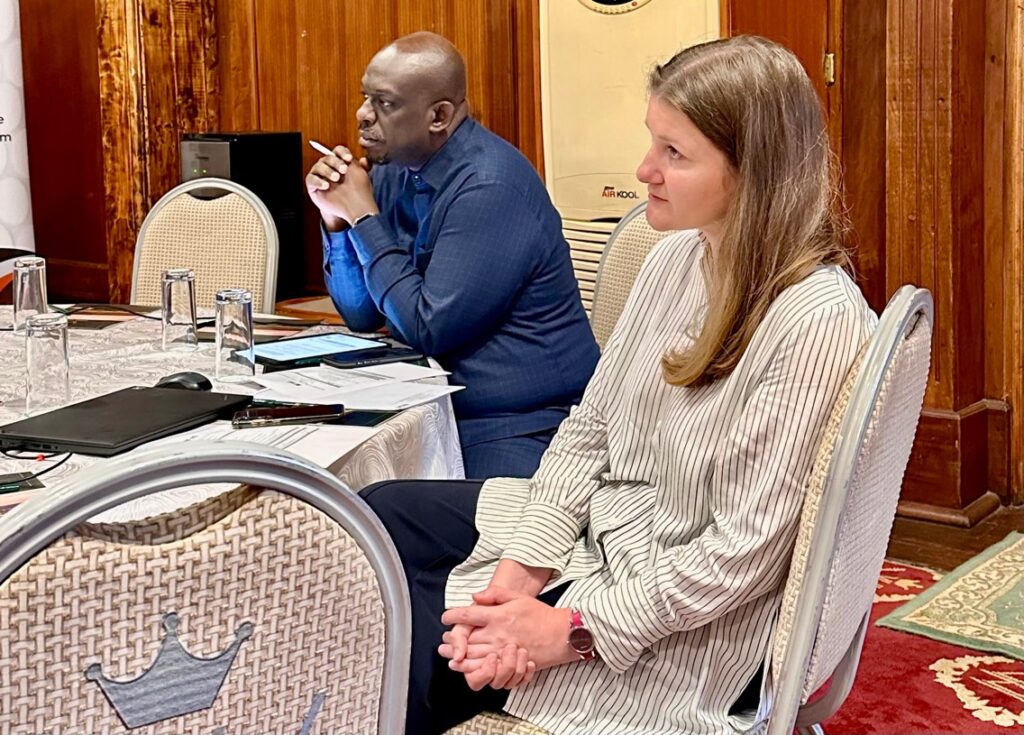
The Citizen Test
At Open Institute, we build transparency into the workflow. Sabasi, for instance, enforces mandatory metadata and provides end-to-end audit trails, ensuring citizen-generated data meets national criteria. We train counties to uphold these standards, so that citizens do not just donate data but actually shape governance.
The real test of KSDS II is not a polished report in Nairobi. It is whether a citizen in Kilifi can, a year from now, find a dataset, understand it, and trust it enough to argue for a better ward budget. If the answer is yes, then Kenya will have chosen to write its data story with care, and to place people at its heart.





